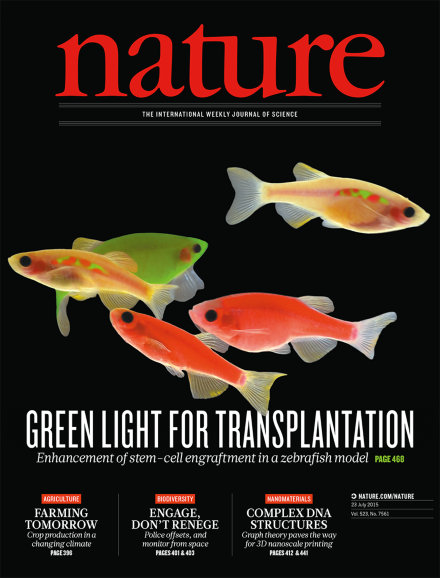Volume 523 Issue 7561, 23 July 2015
Editorial
World View
Research Highlights
Social Selection
Research Highlights
News
News Feature
Comment
Books & Arts
Correction
Correspondence
News & Views
-
CRISPR for Cryptosporidium
Special:

